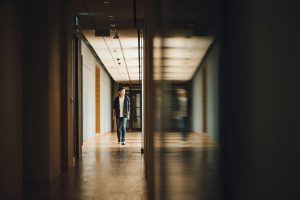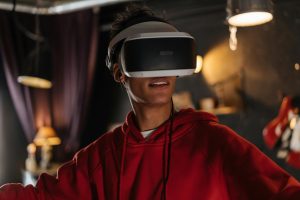Flexible Seating: Ditching Desks for Beanbags and Balance Boards
In recent years, educators and designers have been thinking outside of the traditional classroom setup and exploring new ways to create a dynamic learning environment. One of the hottest trends to emerge is flexible seating, where students are given the freedom to choose where and how they sit during class. This means swapping out traditional desks for beanbags and balance boards, among other unconventional options. But does this really make a difference in the classroom? Let’s take a closer look at the concept of flexible seating and how it can benefit students in their learning journey.
The History of Flexible Seating
The idea of flexible seating is not a new concept. In fact, it can be traced back to the early 1900s when Maria Montessori, an Italian physician and educator, believed that the environment plays a crucial role in children’s learning. She championed for a more open and flexible classroom design to promote independent learning and creativity among her students.
However, it wasn’t until recently that flexible seating gained popularity among educators and gained traction in the mainstream education system. This trend is largely due to a growing body of research that supports the benefits of using movement and alternative seating to improve student focus, engagement, and learning outcomes.
The Benefits of Flexible Seating
Encourages Movement and Active Learning
Traditional classroom setups confine students to their desks and chairs for long periods of time, leading to a sedentary lifestyle that can negatively impact their health. Flexible seating, on the other hand, encourages students to move around and choose a seating option that’s most comfortable for them. This promotes active learning and helps students stay engaged and focused throughout the day.
Promotes Collaboration and Social Skills
Flexible seating also creates a more collaborative and social learning environment. Students are given the freedom to choose where they want to sit, which means they are not limited to working with only their assigned group or partner. This allows for more cross-group interactions and fosters the development of essential social skills such as communication, teamwork, and problem-solving.
Personalized Learning Experience
Every student is different, with individual learning styles and needs. Flexible seating accommodates these differences by allowing students to choose a seating option that suits them best. For example, students who are more kinesthetic learners may benefit from bouncing on a balance board while reading or taking notes. This personalized choice can increase student comfort, focus, and ultimately, their learning experience.
Addressing the Challenges of Flexible Seating
Managing Noise Levels
A common concern with flexible seating is the potential increase in noise levels, with students moving around and choosing different seating options. However, teachers can establish clear expectations and guidelines for noise control, and incorporate noise-canceling headphones or quiet areas to mitigate disruptions.
Cost and Space Constraints
Finding the budget and space for alternative seating options can be challenging for schools. However, educators have found creative and cost-effective solutions, such as using cushions, yoga balls, or even repurposing old furniture as alternative seating options.
In Conclusion
While some may see it as just another passing trend, flexible seating has shown promising results in improving student engagement, focus, and overall learning outcomes. By creating a more dynamic and personalized learning environment, students are encouraged to take ownership of their learning, leading to a more independent and confident mindset. As educators continue to push the boundaries of traditional classroom setups, we may see the rise of even more unconventional ideas to enhance the learning experience for our students.











